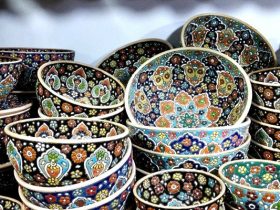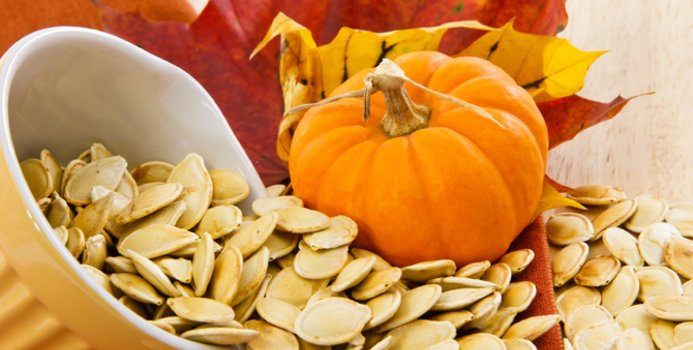No products in the cart.

The arrival of autumn is one of the times chosen to diet and regain weight after the excesses of the summer holidays. And that is why there is a risk of falling into the hands of some of the fashionable methods that promise, as if by magic, to lose weight in record time and without effort. These are some of the diets to avoid
The ketogenic diet, the one related to the sensitization of foods or the “detox” are some examples of “magic” diets about which the Spanish Society of Endocrinology and Nutrition (SEEN) warns about health risks and the rebound effect (gain equal or more weight than we had at the starting point as soon as the diet is abandoned).
These weight loss methods, of unproven efficacy, “can cause protein, vitamin and mineral deficiencies due to lack of food consumption and produce negative psychological effects,” says Irene Bretón, a doctor in the Nutrition Department of SEEN.
“In general,” she adds, “they are monotonous diets that can be deficient in essential nutrients. And, of course, they are not exempt from other risks, such as dehydration, constipation, hyperuricemia, etc. ”.
The SEEN reminds that the diet for the treatment of obesity must be hypocaloric, balanced and adequate for the patient since it is important that it is adapted to the characteristics and type of life of each person.
Classification of alternative diets
Dr. Breton classifies alternative diets in the treatment of obesity into three categories:
Picturesque diets: Those that without following any scientific theory try to convince of the ease of carrying them out and their effectiveness. They would be, for example, the diet of soup, artichoke, lemon, etc.
Special diets: They do not follow the usual recommendations of a balanced hypocaloric diet, but which, in certain circumstances and with an indication and a treatment control by a specialist doctor, can be used in specific patients. As an example, very low calorie diets.
Pseudoscientific diets: Those that claim to be based on scientific foundations, although their efficacy or safety has not been proven. For example, the Dukan diet or the dissociated diet.
Diets to run from
Ketogenic diet
It is one that is low in carbohydrates (limits cereals, legumes, tubers …) and allows the intake of all kinds of fats and foods rich in protein. It assumes a greater weight loss but its long-term safety is not known.
“From the metabolic point of view, these types of diets lead to a more evident improvement in triglyceride levels and an increase in HDL than conventional low-calorie diets, but they are not without side effects,” says SEEN.
Regarding the nutritional content, some studies have observed that they are deficient in vitamins A, B6, C and E, thiamine, folate, calcium, magnesium, iron, potassium and fiber to the point that it is recommended to take multivitamin supplements, fiber and, in women, calcium.
Hyperproteic diet
Widely used in recent years, the most famous is Dukan, they promote a diet rich in protein and low in fat and carbohydrates, which induces rapid weight loss and an important satiating effect but carries a greater risk of urolithiasis or severe ketoacidosis.
Blood group diet
This diet is based on the traditional classification of blood groups A, B, AB and O, without taking into account the Rh factor. According to a supposed “scientific and anthropological basis”, people should follow a diet according to these groups:
Type O “Hunter”: People with this blood group gain weight from foods such as wheat, corn, cabbage, beans, lentils, and cauliflower, and seaweed, fish, red meat, liver, spinach, and broccoli make them thin.
Type A “Farmer”: This blood group is made fat by meat, dairy products, beans and wheat, and vegetables, pineapple, vegetable oils and soy derivatives make them thin.
Type B “Nomad”: In this case, the foods that make you fat are corn, lentils, peanuts, sesame, wheat and thin green leafy vegetables, meat, dairy eggs and liver.
Type AB “Enigma”: This group is fattened by red meat, beans, sesame, beans, wheat, and thin by seaweed, fish, green leafy vegetables, dairy, and pineapple.
Diets based on only one food
This type of diet appears very frequently in the media endorsed by famous people, such as the artichoke that becomes the main ingredient at lunch and dinner.
What’s your reaction?
Love0
Sad0
Happy0
Sleepy0
Angry0
Dead0
Wink0








